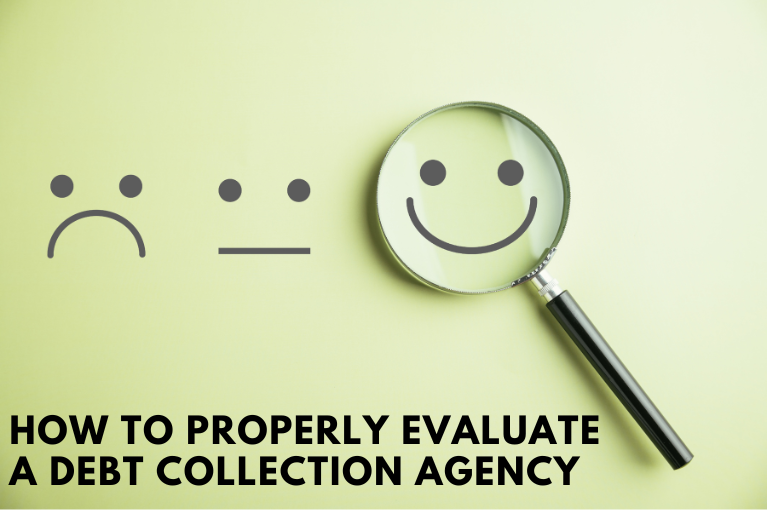Business debt is a complicated topic that requires many different layers of analysis, and getting rid of it is often much more complicated than bringing in more money than you are currently spending.
One of the primary reasons that business debt is often more complicated than personal debt is that there are plenty of good reasons for businesses to take on debt, as well as many different approaches to servicing those debts.
One of the best ways to analyze any type of business debt is to break down the reasons the debt exists in the first place, which can often be boiled down to problems or opportunities.
Problem Debts
Very few businesses will choose to take on debts without a good reason, but those reasons typically fall into one of two categories. The first of those categories is what we call “problem debts,” which describes debts that are designed to solve a specific problem.
In most cases, this will be something like taking on debt to purchase a new piece of equipment or replace an existing one. These are often necessary expenses that happen during times when cash reserves aren’t deep enough to write a check for them.
Problem debts also include situations where multiple debts are consolidated into one debt at a lower interest rate in order to reduce the cost of servicing those debts.
Opportunity Debts
Where problem debts tend to be focused on maintaining the status quo for a business, there are also “opportunity debts” that are used to grow a business in some way.
These types of debts are often incurred as a business is expanding into new markets. These growth opportunities might require massive amounts of capital investment upfront, and the potential returns down the road will justify the risk of taking on the debt.
In many instances, the ease of acquiring opportunity debt makes it the first choice of any growing business, but the impact of servicing that debt can be detrimental in the long run.
Seeking Alternative Funding
Whether you are talking about problem debts or opportunity debts, it is important to remember that getting into debt is always going to be a whole lot easier than getting out of debt.
With that in mind, business owners should be open to exploring alternatives like investing their own personal capital or taking on outside investors. Structuring deals this way instead of adding debt to a balance sheet can often be preferential in the long run.
Taking on debt is never the preferred option for any business, but sometimes circumstances will require a company to take on some problem debt in the short term, and there will also be times when opportunity debts make sense. At other points, outside funding might be the best option.
No matter what option ends up being the best for a specific business situation, understanding the reasons for taking on the debt and having a plan to service that debt in place are critical to keeping your business on solid footing for years to come.






